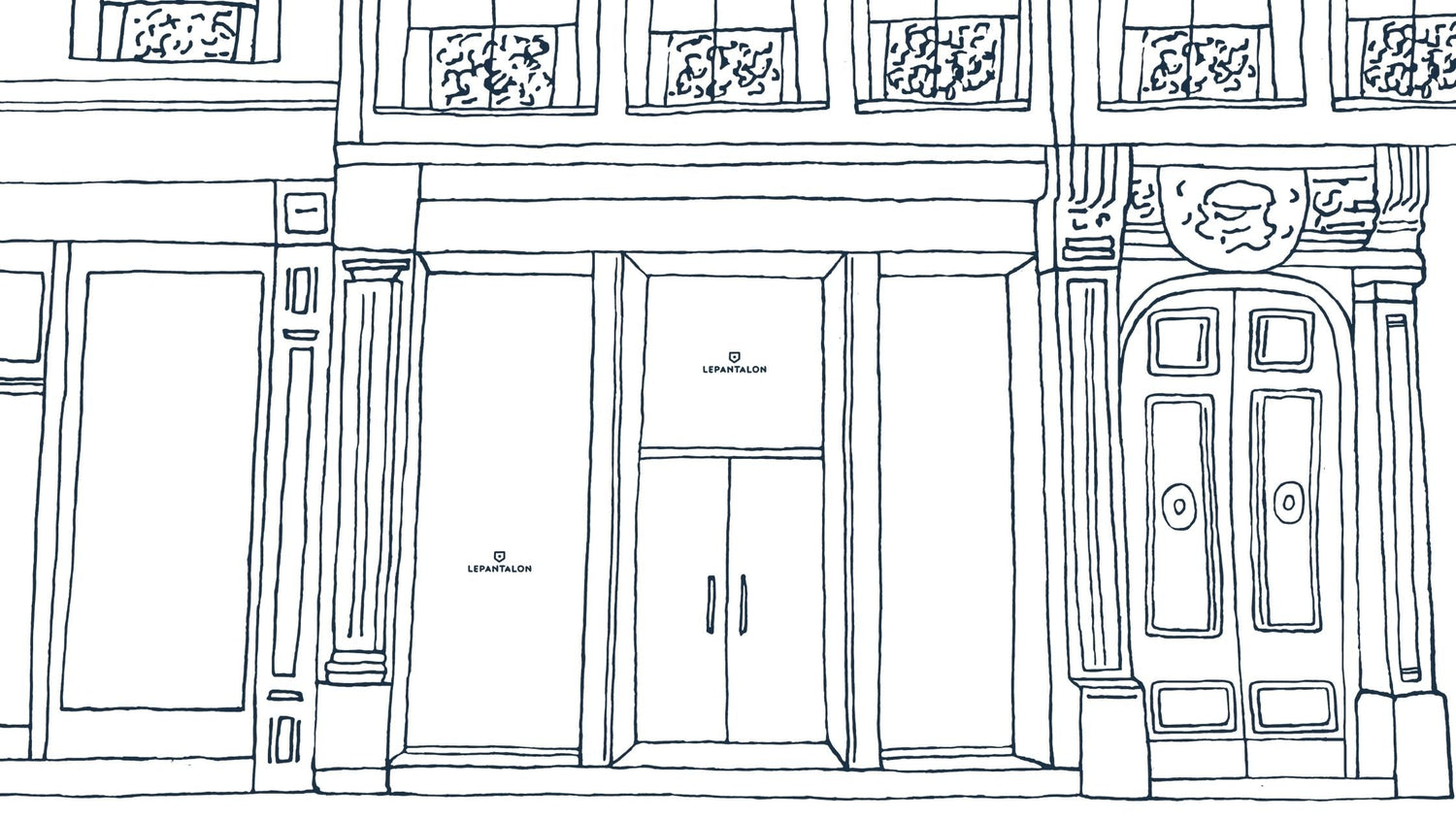Another week of confinement, the opportunity to look at a new responsible subject: cotton recycling. A process that we have chosen to integrate, just like organic cotton , into our Responsible Range , available for a few days. Recycled cotton has its virtues and is the result of several stages, which coincide with those of recycling in general. The positive effects on the planet are indisputable. To realize this, an observation: 80 billion items of clothing are manufactured each year. What if we recycled them, or better, what if we slowed down?
Fabric scraps or old pieces 
While we're on the subject of numbers, and to add to the previous one, each French person throws away an average of 12kg of clothing per year. It was therefore obvious that this astronomical quantity of unused fabrics would give rise to new alternative production methods. Recycling is obviously the typical example.
As we explained to you when talking about organic cotton , fabric is the material obtained after weaving textile fibers. It comes in the form of large rolls. Coupons are cut from it in order to begin the manufacture of finished textile products. Coupons which generally fall under standard sizes within which pieces of fabric necessary for making are cut. What are we getting at? Huge quantities of fabric scraps are not used. We then have the first possible source of recycling. These scraps represent 10 to 20% of the woven material . All the same. They allow the creation of recycled cotton products, thanks to a so-called mechanical recycling process.
Overall, there are 3 steps to restoring these pieces of fabric (or old clothes) to their raw material state, namely cotton fiber:
Step 1:
Cotton is collected from different sources: clothing, fabric scraps or waste.
Step 2:
What is collected and ground is reduced to fiber.
Step 3:
The fibers are twisted into a thread, which is itself transformed into fabric to give life to a new garment.
( see step 2 of our article on organic cotton ).

Even more interesting (and practical), it is possible to find in some manufacturing workshops, meters of fabrics unused by certain brands. Their advantage: they can be reused as is without the need for transformation to be returned to their raw material state.
As long as the fibers are in good condition, this process can be repeated several times to create new rolls! When this fiber eventually wears out, the cotton can be transformed into natural wadding or insulation material.
So we've already identified the second major source of materials suitable for recycling : our old clothes . The transformation process is essentially the same as that discussed with fabric scraps from workshops. However, in addition to their natural wear and tear, our old clothes are sometimes made of blends of cotton and synthetic fibers. These are often of poor quality . Materials that are difficult to recycle. Hence the importance of paying attention to the clothes we buy, for the life we will live with them, but also for their second life. They can always (and fortunately) be transformed into insulation for buildings .
Reduced environmental impact

The environmental consequences of standard garment production are justified when the garment is worn. Otherwise, it represents potential raw materials lying dormant. This is why every piece of unused fabric must be considered so that recycling can take on its full potential.
By recovering these old clothes or scraps, to transform them, and by renewing this process , it is an entire production model that is being questioned. A production model whose cost for the environment is significantly lower. Indeed, it favors the use of cotton fibers already produced. It then limits the incessant work that is demanded of arable land, which often, when mistreated, becomes infertile.
Don't be fooled, though. Recycling cotton requires much less energy than traditional cotton growing. However, it is carried out using complex mechanical processes that consume energy. Therefore, and this is obvious, its impact on the environment is not neutral.
This reminds us that the first way to reduce our environmental impact is to reduce our day-to-day consumption. So let's say it again: let's buy less but better . The circle is complete.
If this article were a song


